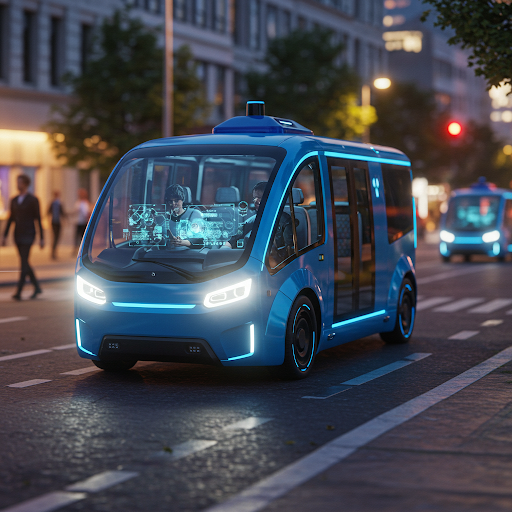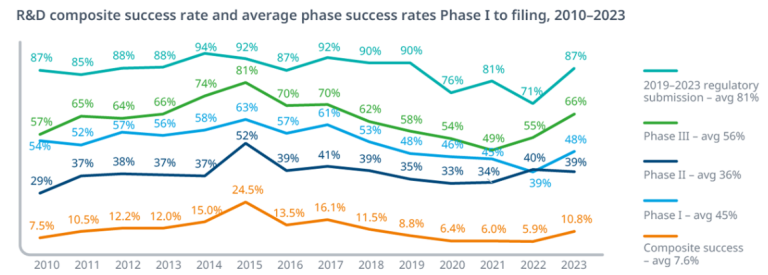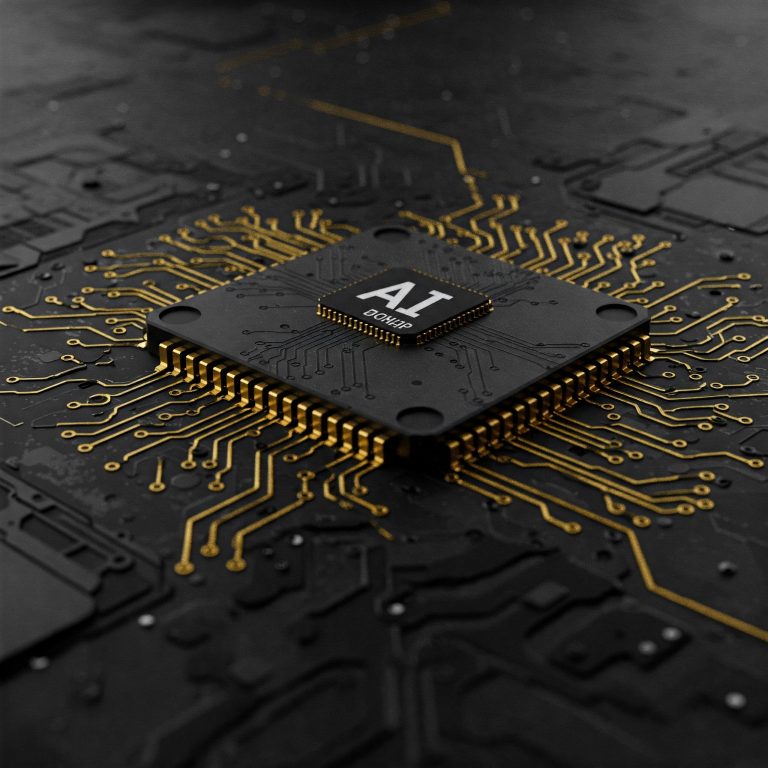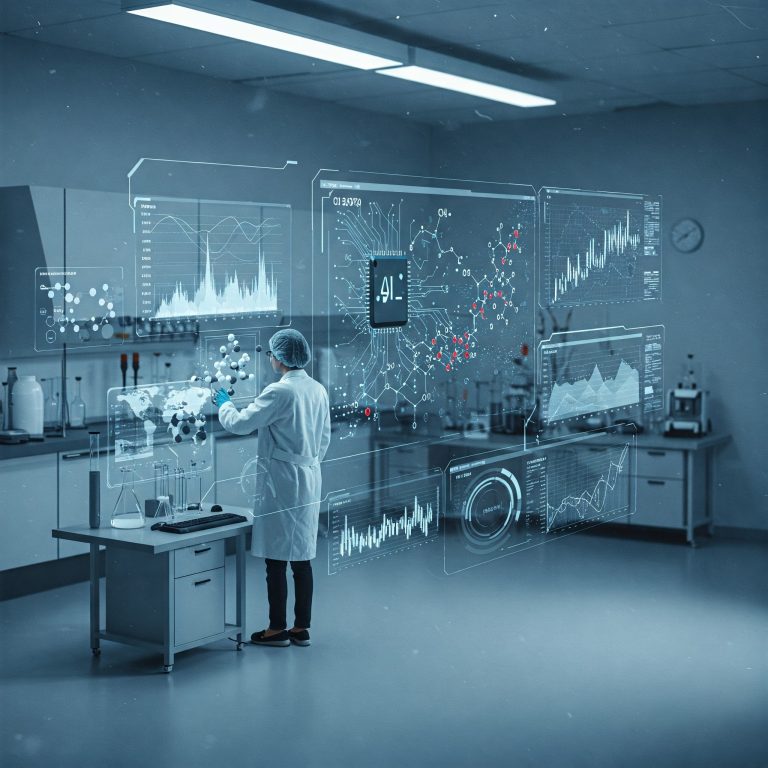Robotaxi: Waymo’s Lidar vs. Tesla’s Cameras
The quest for fully autonomous vehicles, particularly for the potentially lucrative robotaxi market (with a potential increase in Waymo expected revenue growth in the near future), has spurred intense innovation and significant investment.Among the frontrunners, Waymo (Google’s self-driving project) and Tesla have emerged with fundamentally distinct technological philosophies, sparking a crucial debate: which approach – multi-sensor fusion with Lidar, or vision-only AI – will prove safer, more reliable, and ultimately scalable for navigating our complex world without a human driver?
The Core Technological Divide: Sensing the World
At the heart of the debate lie differing sensor suites and processing strategies:
- Waymo’s Multi-Modal Fusion (Lidar-Centric): Waymo vehicles bristle with a comprehensive array of sensors working in concert. Lidar (Light Detection and Ranging) is essential, firing millions of laser pulses per second to create a precise, real-time 3D point cloud of the surroundings, directly measuring distance regardless of lighting. This is combined with data from radar (excellent for detecting object velocity and performance in adverse weather like rain/fog) and cameras (crucial for interpreting color, text like traffic signs/lights, and context). This multi-sensor approach provides redundancy and cross-validation, aiming for a highly detailed and robust environmental model. (See Waymo’s Technology Overview for details)
- Tesla’s Vision-Only Approach: Tesla has controversially removed radar and Lidar from its production vehicles, betting entirely on Tesla Vision. This system utilizes eight cameras providing 360-degree visual input, processed by powerful custom-designed AI chips running sophisticated neural networks. Tesla argues that since humans navigate visually, a sufficiently advanced AI, trained on vast amounts of real-world driving data collected from its large customer fleet, can achieve superhuman driving performance using only cameras. The system aims to interpret the visual world – identifying lanes, signs, obstacles, pedestrians, and predicting their behavior – rather than directly measuring distances with lasers. Key stated motivations for this approach include lower cost per vehicle and aesthetics, with CEO Elon Musk famously calling Lidar a “crutch.”
Why Lidar-Based Systems May Hold an Edge for Robotaxis
Many experts and competing AV developers contend that Waymo’s Lidar-inclusive strategy offers significant advantages for the demanding safety requirements of Level 4/5 autonomous robotaxis (SAE Levels of Driving Automation explained):
- Direct Depth Perception & Geometric Accuracy: Lidar directly measures distance and geometry with high precision, generating dense 3D maps. Vision-only systems must infer depth and 3D structure from 2D images, a complex computational problem prone to errors, especially with novel objects, low light, or unusual textures. For robotaxis needing precise positioning and obstacle detection, direct measurement offers inherent robustness.
- Sensor Redundancy & Robustness: Combining Lidar, radar, and cameras creates crucial overlaps and backups. If a camera is blinded by sun glare or heavy rain, Lidar and radar continue operating effectively. Lidar is immune to ambient light levels. This redundancy is vital for achieving the extremely high safety levels required for public transport without a backup driver.
- Performance in Adverse Conditions: Lidar and radar significantly outperform cameras in fog, heavy rain, snow, and dust, where visual clarity is compromised. Maintaining situational awareness in all weather is critical for a reliable robotaxi service.
- Reduced Susceptibility to Visual Ambiguity/Deception: Camera systems rely heavily on AI interpretation, which can potentially be confused by unusual visual scenarios, shadows, reflections, or even adversarial attacks not present in training data. Lidar’s physical measurement principle is less susceptible to purely visual confusion.
Challenges for Tesla’s Vision-Only Robotaxi Ambitions
While Tesla has gathered unparalleled amounts of driving data from its fleet, its vision-only approach faces hurdles for fully driverless operation:
- Handling “Edge Cases” & Proving Safety: Reliably interpreting the world only through cameras makes handling unpredictable edge cases (rare or unforeseen events) exceptionally difficult. Proving safety to regulators and the public for unsupervised operation requires demonstrating robustness across an almost infinite range of scenarios, a challenge potentially exacerbated by the lack of direct distance measurement from Lidar in ambiguous situations.
- Computational Load & Inference Risk: Deriving a high-fidelity 3D world model purely from camera pixels is computationally intensive. More importantly, it relies on the AI inferring the state of the world, introducing the risk of misinterpretation or hallucination, especially in poor visibility or complex scenes where direct Lidar/radar measurements could provide grounding truth.
- Current System Limitations & Operational Domain: As of early 2025, Tesla’s Full Self-Driving (FSD) Beta remains a Level 2 driver-assist system, legally requiring constant driver attention and intervention. Waymo, conversely, operates fully driverless (Level 4) commercial ride-hailing services in specific operational design domains (ODDs) within cities like Phoenix and San Francisco, demonstrating a higher achieved level of autonomy in those controlled environments.
- Scalability vs. Cost: While Tesla’s camera-based hardware is significantly cheaper per vehicle than Waymo’s Lidar-heavy sensor suite (though Lidar costs are decreasing), the scalability challenge shifts towards the massive computational resources and data required for training and validating a vision-only system to achieve Level 4/5 safety across diverse environments.
The Evolving Landscape & Potential Outcomes
Predicting the ultimate “winner” remains difficult. Several factors will influence the outcome:
- Pace of AI Advancement: Can vision-only AI truly overcome the challenges of depth inference and edge case handling to match or exceed the reliability of multi-sensor systems?
- Lidar Cost Reduction: Lidar technology continues to improve and become more affordable, potentially reducing Waymo’s per-vehicle cost disadvantage over time.
- Regulatory Acceptance: Which approach will regulators be more comfortable approving for widespread, unsupervised deployment? The perceived safety net of redundant sensors might favor Lidar-based systems initially.
- Hybrid Solutions: Many other AV companies (e.g., Motional, Mobileye) employ strategies that blend cameras with radar and sometimes fewer or different types of Lidar, seeking a balance between cost, performance, and redundancy. The ultimate solution might not be purely one extreme or the other.
- Operational Domain: Vision-only might prove sufficient sooner for simpler environments (like highway driving), while complex urban robotaxi services might continue to favor multi-sensor fusion for the foreseeable future.
Conclusion. Tesla or Waymo
For the specific, high-stakes application of unsupervised urban robotaxis operating today and in the near term, systems incorporating Lidar and radar alongside cameras, like Waymo’s, appear to hold a pragmatic advantage. The direct environmental sensing and inherent redundancy offered by multiple sensor modalities provide a more demonstrably robust foundation for achieving the stringent safety and reliability standards required when no human driver is present to intervene.
While Tesla’s ambition to replicate human vision with AI is compelling and could potentially lead to a more scalable long-term solution if successful, the path to proving its safety for Level 4/5 deployment across diverse conditions seems inherently more complex and reliant on breakthroughs in AI inference compared to validating systems with built-in sensor redundancy. The robotaxi race is not just about technological possibility, but about verifiable safety and regulatory trust. The data and redundancy offered by Lidar and radar are widely considered crucial for navigating the complexities and ensuring the safety paramount to public autonomous transport.






